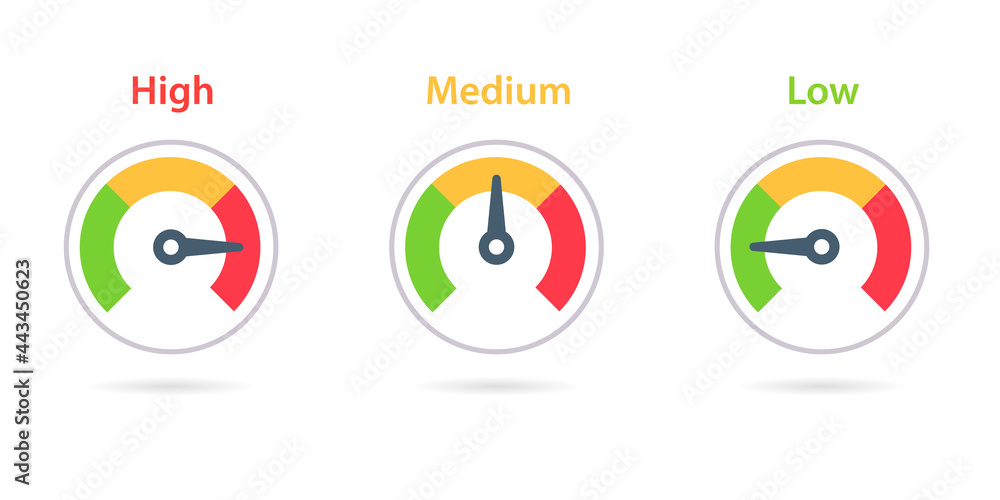Sulfamethoxazole, often combined with trimethoprim, is a type of antibiotic that belongs to the sulfonamide class. It is widely used to treat various bacterial infections by inhibiting the growth and proliferation of bacteria. This medication works by interfering with the production of folic acid in bacteria, which is essential for their survival. In this comprehensive guide, we will delve into the world of sulfamethoxazole, exploring its uses, side effects, interactions, and a wealth of other information to provide a thorough understanding of this important antibiotic.
Introduction to Sulfamethoxazole
Sulfamethoxazole is commonly prescribed in combination with trimethoprim (a combination known as co-trimoxazole) to enhance its efficacy against a broader range of bacteria. This combination is effective against both Gram-positive and Gram-negative bacteria, making it a versatile treatment option for various infections. The drug is available in oral and intravenous forms, allowing for flexible administration depending on the patient’s condition and the severity of the infection.
Uses of Sulfamethoxazole
Sulfamethoxazole, particularly when combined with trimethoprim, is used to treat a variety of bacterial infections, including:
- Urinary Tract Infections (UTIs): It is effective against infections of the urinary tract, which include the kidneys, bladder, and urethra.
- Respiratory Tract Infections: It can be used for the treatment of certain types of pneumonia and other infections of the respiratory tract.
- Ear Infections: It is sometimes prescribed for the treatment of ear infections, especially when caused by susceptible bacteria.
- Traveler’s Diarrhea: In cases of traveler’s diarrhea caused by bacteria, sulfamethoxazole/trimethoprim may be prescribed.
- Methicillin-Resistant Staphylococcus aureus (MRSA) Infections: It is among the antibiotic options for treating MRSA infections.
Side Effects of Sulfamethoxazole
While sulfamethoxazole is generally safe and effective, it can cause side effects in some individuals. Common side effects include:
- Gastrointestinal Issues: Nausea, vomiting, diarrhea, and abdominal discomfort.
- Skin Reactions: Rashes, itching, and in more severe cases, Stevens-Johnson syndrome and toxic epidermal necrolysis.
- Allergic Reactions: These can range from mild to severe and include anaphylaxis.
- Kidney Problems: Increased creatinine levels, indicating potential kidney strain.
- Liver Damage: Elevated liver enzymes, suggesting liver stress or damage.
- Blood Disorders: Such as agranulocytosis, aplastic anemia, and thrombocytopenia.
Interactions with Other Medications
Sulfamethoxazole can interact with various medications, either enhancing their effects or increasing the risk of side effects. Some notable interactions include:
- Warfarin: Increases the risk of bleeding due to enhanced anticoagulant effect.
- Phenytoin: Increases phenytoin levels, potentially leading to toxicity.
- Methotrexate: Increases methotrexate levels, potentially enhancing its toxic effects.
Precautions and Contraindications
- Pregnancy and Breastfeeding: Use with caution, as sulfamethoxazole can affect folic acid metabolism, which is crucial during pregnancy. It is also excreted in breast milk.
- Renal Impairment: Dose adjustments may be necessary in patients with significant kidney function impairment.
- Hepatic Impairment: Use with caution in patients with liver disease, as sulfamethoxazole can affect liver function.
Dosage and Administration
The dosage of sulfamethoxazole, especially when combined with trimethoprim, depends on the type and severity of the infection, the patient’s age, weight, and renal function. It is crucial to follow the prescribed dosage and administration guidelines to ensure the efficacy of the treatment and minimize the risk of side effects.
Conclusion
Sulfamethoxazole, particularly in combination with trimethoprim, is a valuable antibiotic for treating various bacterial infections. Its effectiveness against a broad spectrum of bacteria makes it a commonly prescribed medication. However, like all antibiotics, it should be used judiciously, with consideration of potential side effects and interactions. Patients should adhere strictly to the prescribed regimen and report any concerns or side effects to their healthcare provider to ensure safe and effective treatment.
What is the most common combination of sulfamethoxazole?
+Sulfamethoxazole is most commonly combined with trimethoprim, a combination known as co-trimoxazole, to treat various bacterial infections.
What are the common side effects of sulfamethoxazole?
+Common side effects include gastrointestinal issues, skin reactions, and in severe cases, allergic reactions and blood disorders.
Can sulfamethoxazole be used during pregnancy?
+Sulfamethoxazole should be used with caution during pregnancy, as it can affect folic acid metabolism, which is crucial for fetal development. It's essential to consult with a healthcare provider before using any medication during pregnancy.
In conclusion, sulfamethoxazole is a powerful antibiotic that, when used appropriately, can effectively treat a range of bacterial infections. Its combination with trimethoprim enhances its efficacy, making it a versatile treatment option. However, it’s crucial to be aware of its potential side effects and interactions to ensure safe and effective use. Always consult with a healthcare provider for personalized advice and guidance on using sulfamethoxazole or any other medication.


